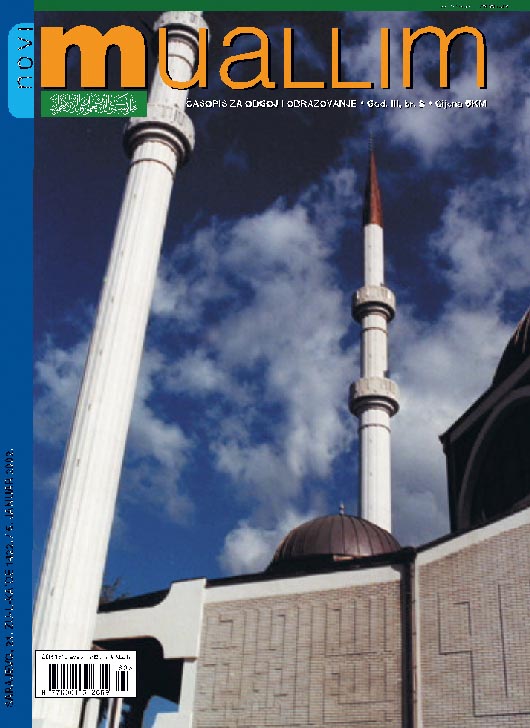THE CURRENT TERMINOLOGICAL PROBLEMS IN STUDYING THE OTTOMAN PERIOD IN THE HISTORY OF BOSNIA AND HERZEGOVINA
DOI:
https://doi.org/10.26340/muallim.v2i8.1427Abstract
Without adequate use of definition of the terms in treating the Ottoman period of the Bosnian history, we cannot achieve their true perception. Definitely, the most present terminological problem is the anachronism of the adjectives turski (Turkish) and osmanski (Ottoman). While some authors have an innocent inclination towards such a fairly leisurely practice, others will give, through an exclusive use of the wrong term, a stamp of narrowly nationalistic state to an universal Ottoman state, a state of the Turks, Bosniacs, Arnauts and others. The exact equivalents are quite rare and there should be no hesitation in using the Ottoman terms and words in their original form. This practice would avoid the problems of equalization while the semantic distinction would be accomplished between such terms as devsirma and danak u krvi (taking of children as tribute), timar and nadarbina (prebend), etc. The problems of terminology are not only a result of insufficient knowledge of certain terms by professional historians but also of their role of politicizing of this science. Their manipulation of terms represents a method and means of pointing out things. This problem is also represented in regular use of terms Serbs and Croats for the Christian population in Bosnia during the Ottoman period as well as designation of the language used by the domestic Krstjan, Muslim and Christian population. Many a great disagreement exists in defining the agricultural terms, as well. The most common problem is the essential misunderstanding of terms raja and cifcija in relation to a term kmet, which occurs due to the crucial error of examining the Ottoman agricultural relations through the system of cifluks.
Downloads
Published
How to Cite
Issue
Section
License
Naknada:
a. Časopis ne naplaćuje naknadu za obradu članaka (APC) i naknadu za podnošenje članaka.
Autori koji objavljuju u ovom časopisu pristaju na sljedeće uvijete:
- Autori zadržavaju autorska prava i pružaju časopisu pravo prvog objavljivanja, pri čemu će rad jednu godinu po objavljivanju biti podložan licenci Creative Commons imenovanje koja omogućuje drugima da dijele rad uz uvijet navođenja autorstva i izvornog objavljivanja u ovom časopisu.
- Autori mogu izraditi zasebne, ugovorne aranžmane za ne-ekskluzivnu distribuciju rada objavljenog u časopisu (npr. postavljanje u institucionalni repozitorij ili objavljivanje u knjizi), uz navođenje da je rad izvorno objavljen u ovom časopisu.


